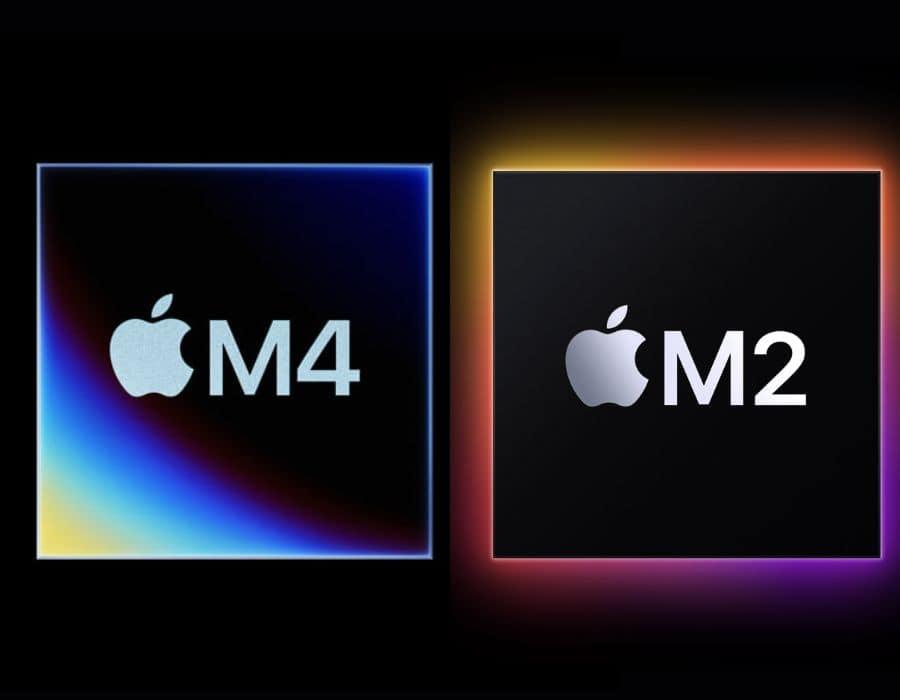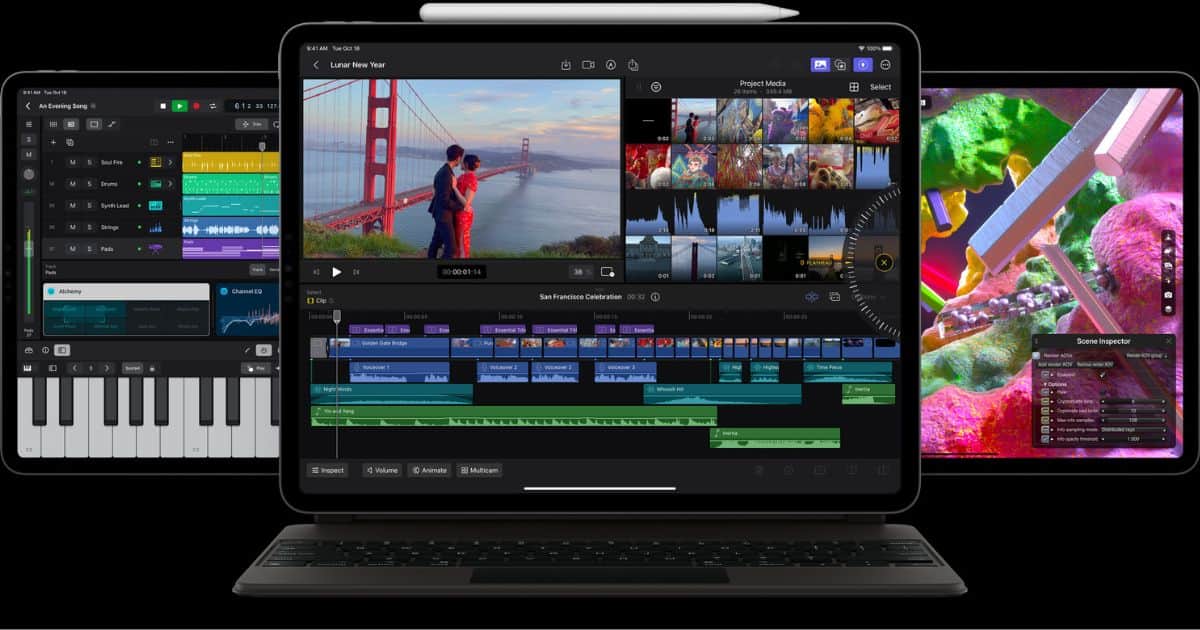After over a year of waiting, Apple exceeds our expectations with its two new iPad models. The iPad Pro M4 (7th generation) debuts disruptive features like the M4 chip and Tandem OLED display, signaling Apple’s commitment to innovation. Meanwhile, the iPad Air M2 (6th generation) delivers a well-balanced upgrade experience at a more accessible price point.
This contrast presents a challenging choice for prospective buyers. But before you go for either model, it’s essential to determine which one truly aligns with your needs and preferences. Does the sheer power of the iPad Pro M4 justify its premium price, or will the iPad Air’s compelling features meet your needs? Let’s find out.
Specs: Powerhouse Perks vs. Everyday Excellence
Before we get into the nitty-gritty, here’s an overview of what the two new iPad models offer:
| Factors | iPad Air (6th Generation) | iPad Pro (7th Generation) |
| Chipset | M2 | M4 |
| Storage | 128GB, 256GB, 512GB, and 1TB | 256GB, 512GB, 1TB, and 2TB |
| Colors | Space Gray, Starlight, Purple, and Blue | Space Black and Silver |
| Sizes | 11″ and 13″ | 11″ and 13″ |
| Thickness | 6.1mm | 5.3mm and 5.1mm |
| Camera and Microphone | 12MP ultra-wide front camera, 12MP wide rear camera | TrueDepth front camera system, 12MP Wide rear camera |
| Display | LED Liquid Retina | Ultra Retina XDR screen |
Design: Sleek or Streamlined? Your Style Speaks

The new iPad Air offers even more flexibility with a redesigned 11-inch model and a brand-new 13-inch option. Both are 6.1mm thick. They also come in Space Gray, Starlight, Purple, and Blue, aligning with Apple’s goal to create a fresh aesthetic.
The iPad Pro also comes in 11- and 13-inch variations. But what truly makes these models exciting is they’re only 5.3mm and 5.1mm thick, respectively. They’re the thinnest devices Apple has ever produced, even thinner than an iPad Nano. As with all Pro variants, the iPad Pro is only available in Space Black and Silver.
Display: Which Screen Shines?
The new iPad Air is sticking with the LED Liquid Retina display on the 5th generation model. It’ll use the same P3 wide color support, anti-reflective coating, and True Tone technology to deliver its signature vibrant, rich display. Unfortunately, not much has changed in this department.
In contrast, the iPad Pro features the all-new Ultra Retina XDR screen (Tandem OLED). At a basic level, it’s two OLED screens stacked together to deliver a full-screen brightness of 1,000 to 1,600 nits (for HDR content). You’ll get deeper, richer dark colors and brighter, more vivid light colors. Moreover, Apple’s glare-reducing nano-texture display glass is available on 1TB and 2TB models.
Performance: How Much Power Do You Need?

Perhaps the biggest difference between these two iPad models is their chipset. The iPad Air finally moves to M2. When combined with its 10-core GPU and 8-core CPU, it boasts up to 50 percent faster performance than A14 Bionic iPad models.
Now, let’s talk about the iPad Pro. Not only did Apple skip M3 on iPad entirely, but it also introduced the all-new M4 chipset. Apple says it’s 1.5 times faster in terms of CPU performance than its M2 predecessor.
I was surprised that Apple chose to debut the next generation of Apple Silicon chipsets on iPad instead of Mac. Nonetheless, it’s here, and if you want to try the new M4, this is your chance.
Price: Worth the Splurge? Balancing Cost and Capability
Based on design, display, and specs, the iPad Pro 7th generation is undoubtedly the most powerful option. However, there’s one more factor to consider: price. While the iPad Pro is miles ahead of the iPad Air, it’s also far more expensive, and for a lot of users, the robust features might not justify the steep price tag.
The 11-inch iPad Pro M4 starts at $999 for Wi-Fi-only and $1,199 for Wi-Fi + Cellular. On the other hand, the 13-inch iPad Pro M4 will cost you at least $1,299 for Wi-Fi-only and $1,499 for Wi-Fi + Cellular. Personally, I might use this money for a MacBook Air instead.
Meanwhile, the 11-inch iPad Air starts at $599 for Wi-Fi-only and $749 for Wi-Fi + Cellular. Its 13-inch model starts at $799 for Wi-Fi-only and $949 for Wi-Fi + Cellular. To put it into perspective, a 13-inch Wi-Fi + Cellular iPad Air M2 is cheaper than an entry-level iPad Pro M4.
That said, there’s no one-size-fits-all answer. If you want to test the new M4 chipset and see how it performs on a tablet, then the new iPad Pro is your best bet. But if you’re just looking for an affordable, functional upgrade, consider the iPad Air first.
